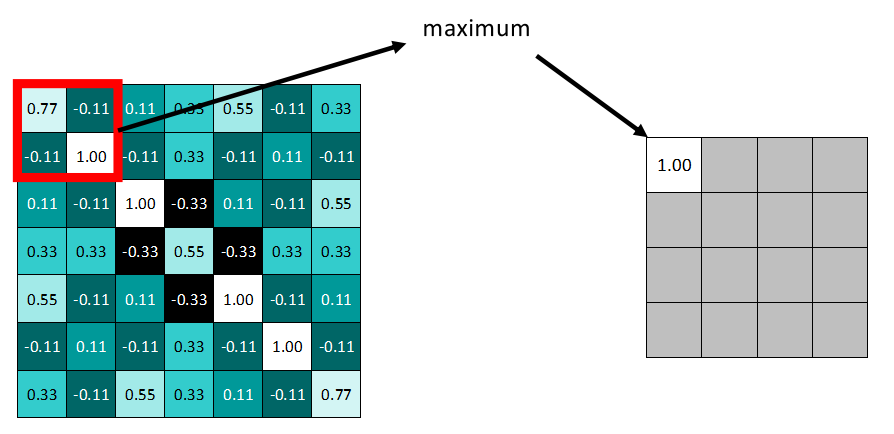Link
Read on Omnivore
Read Original
Highlights&&Note
Python is simpler to use, available on Windows, macOS, and Unix operating systems, and will help you get the job done more quickly.
更加轻量级的脚本语言 ^bafd84be
Python is simple to use, but it is a real programming language, offering much more structure and support for large programs than shell scripts or batch files can offer.
相较于shell与batch files,能够提供更多接近编程语言的特性 ^51317e08
Python is an interpreted language
_- 编译性语言
- 解释性语言
- 脚本语言
脚本语言是解释性语言的一种.
Python is scripting language. But it is more than just a scripting language._ ^b49ea4e9
Content
If you do much work on computers, eventually you find that there’s some task you’d like to automate. For example, you may wish to perform a search-and-replace over a large number of text files, or rename and rearrange a bunch of photo files in a complicated way. Perhaps you’d like to write a small custom database, or a specialized GUI application, or a simple game.
If you’re a professional software developer, you may have to work with several C/C++/Java libraries but find the usual write/compile/test/re-compile cycle is too slow. Perhaps you’re writing a test suite for such a library and find writing the testing code a tedious task. Or maybe you’ve written a program that could use an extension language, and you don’t want to design and implement a whole new language for your application.
Python is just the language for you.
You could write a Unix shell script or Windows batch files for some of these tasks, but shell scripts are best at moving around files and changing text data, not well-suited for GUI applications or games. You could write a C/C++/Java program, but it can take a lot of development time to get even a first-draft program. ==Python is simpler to use, available on Windows, macOS, and Unix
operating systems, and will help you get the job done more quickly.==
Python is simple to use, but it is a real programming language, offering much more structure and support for large programs than shell scripts or batch files can offer. On the other hand, Python also offers much more error checking than C, and, being a very-high-level language, it has high-level data types built in, such as flexible arrays and dictionaries. Because of its more general data types Python is applicable to a much larger problem domain than Awk or even Perl, yet many things are at least as easy in Python as in those languages.

